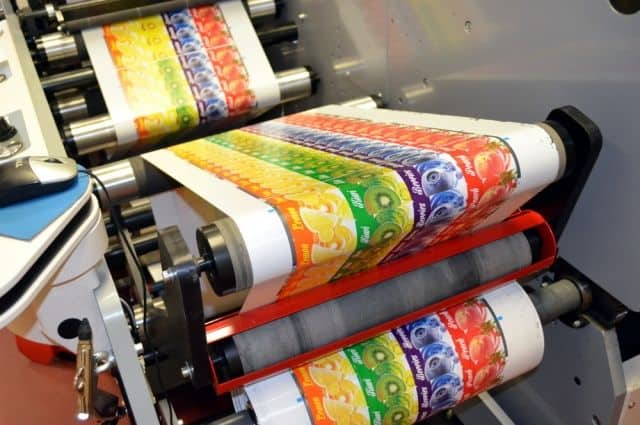In modern conditions it is possible to set up a small print shop even in your basement, such projects can be done by specialists from CSG Renovation https://csgrenovation.ca/brampton/basement-renovations/.
The life of any modern average person cannot do without typographic products. Newspapers, magazines, postcards, leaflets, advertising posters – all this and much more is familiar to us today, and few people think about the question of how it all began. Not everyone is aware of the large number of facts related to this topic, and this article will give the most useful and interesting of them.
Printing and printing: the history of its origins
According to a number of studies, printing has its roots in China, and the history of its development has more than a thousand years. At first, people learned how to make silk, which later began to be used as a canvas for the application of this or that image. In parallel with this appeared symbols, and then letters and numbers. This theory has a number of supporters, but is also surrounded by controversy.
One of the first books was the Diamond Sutra, printed in 860 B.C. Its format was only similar to the modern editions, differing from them, in particular, by the long sheets rolled up into a tube. The modern variant of this kind of printing is called xylography.
The process of writing a book was rather complicated. First, letters were copied on a special board by putting it on a canvas. The board was then engraved, inked and imprinted. That made it possible to have letters and symbols ready to use later.
Modern printing
More modern printing techniques, using a typewriter, were applied around the 15th century. According to one opinion, the first book made in this way is considered to be the Gutenberg Bible, and its birthplace was Germany.
Today, offset and flatbed printing are the most common methods of printing. Business cards, newspapers and glossy magazines are printed using these technologies. The author of the development of the offset machine was the German Caspar Hermann, who patented his invention. By the way, many of his experimental works and discoveries were devoted to printing.
Despite the high rate of development of digital technology, the demand for printed matter is no less. Orders in the printing presses can be done not only organizations but also private individuals. For example printing business cards in Minsk may order anyone, as in other words in any city of our planet.

Interesting things
Interesting things about printing: blitz-facts in brief:
1. The first paper, which is a weave of fibers of bamboo and mulberry tree, appeared in 153 BC Its structure was very dense, so the sheets are difficult to cut.
2. At the beginning of the 16th century, a book of Spanish works, Virgil, was published, which was the first edition written in italics.
3. Spaniards, when typing questioning sentences, use a question mark on both sides, similar to quotation marks. And the first of these signs has a 180-degree inverted position.
4. According to one theory, the first book printed on a loom in the mid-14th century, narrating the Buddha, is by the Koreans.
5. In ancient China, in one of its provinces, women were forbidden to be literate, and they invented their own secret language to communicate with each other.
6. Even at a time when books were expensive and considered a great scarcity, there were free libraries. Certainly there were those who wished to steal an edition, for which when caught they were severely punished by shackling them.
7. Not so long ago, in the nineteenth century, the English saved space on paper and wrote first traditionally, from left to right, and then switched to vertical lines.
8. In Arabic countries, words are known to be written and read from right to left. But this applies only to letters – Arabs write numbers from left to right.
9. At the end of the third century, the Goths invaded Athens, killing many people there, but not damaging a single book.
Typograpy’s Importance.
The many centuries of the history of typography contain many more interesting facts, many of which are not known to this day.
Typography is the process of creating and distributing textual information, which includes the selection and use of a particular font, size, and arrangement of text on the page. It has several important purposes:
- Improving readability: a properly chosen font and text size can significantly improve the readability and comprehension of the text.
- Creating an aesthetic impression: properly designed text can look attractive and evoke positive emotions in the reader.
- Enhancing perception of information: well designed text with a logical structure and layout on the page can help readers to absorb information more quickly and accurately.
- Standardization of design: typography makes it possible to create uniform standards for the design of texts, which makes them easier to perceive and share between people.
In general, typography is an important tool for creating quality textual information that is easily perceived and understood by readers.